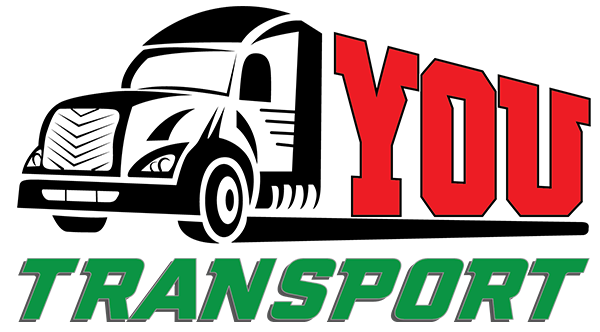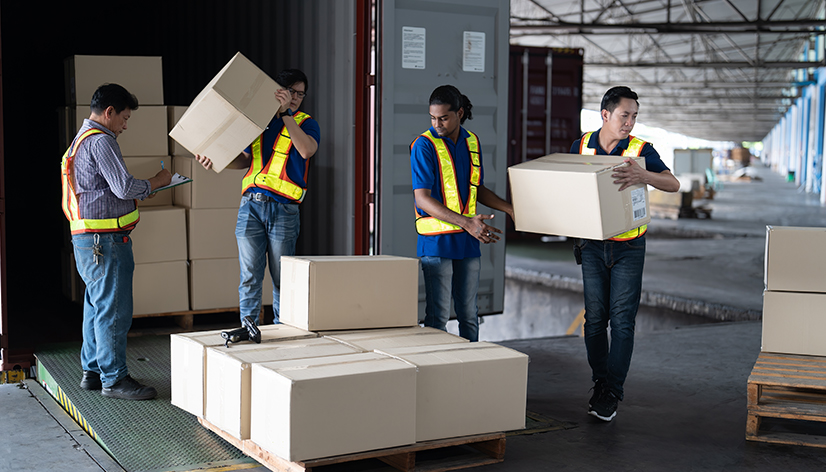Melbourne, the vibrant capital of Victoria, is known for its bustling streets and active lifestyle. As the city continues to grow, it becomes crucial to ensure efficient transport solutions that cater to the needs of its residents and visitors. In this article, we will delve into the key factors that impact efficient Melbourne transport solutions, including the available transport services, tradeoffs involved in balancing different factors, challenges associated with various approaches, and the importance of considering the impact on the environment.
Melbourne Transport Services: The Backbone of Efficient Journeys
Effortless and seamless journeys rely heavily on the availability and accessibility of efficient transport services. Melbourne offers a range of transportation options to suit everyone’s needs, including trains, trams, buses, and taxis. The well-connected public transport network serves as the backbone of efficient journeys, allowing commuters to navigate the city easily.
Trains in Melbourne are popular for their reliability and efficiency. With a comprehensive network spanning across the city, they provide a convenient mode of transportation for both long and short distances. Trams, on the other hand, offer a unique experience as they glide through the city’s streets, providing excellent connectivity and accessibility in the central areas. Buses complement these services by reaching areas that are not covered by trains or trams, ensuring a comprehensive transport network throughout Melbourne. Taxis and ride-sharing services like Uber offer flexibility and convenience for those who prefer personalized transport options.
Tradeoffs and Challenges: Striking the Balance
Efficiency in transport solutions often requires striking a balance between different factors. One of the main tradeoffs is between speed and capacity. Improving speed may come at the cost of reduced capacity, while increasing capacity may lead to slower journey times. Finding the right balance is essential to avoid overwhelming the infrastructure and maintaining an efficient transport system.
Another challenge lies in managing congestion. As Melbourne grows, the roads become increasingly crowded, leading to delays and frustration for commuters. The introduction of dedicated bus and tram lanes, along with improved traffic management systems, can help mitigate these congestion issues. However, implementing such solutions may involve rearranging road spaces, potentially impacting other road users. Balancing the needs of different transportation modes and ensuring smooth traffic flow becomes a delicate task.
Environmental Impact: Thinking Ahead
Any discussion about efficient transport solutions must address the impact on the environment. With growing concerns about climate change and air pollution, it is crucial to consider the environmental footprint of transport systems. Melbourne has taken significant steps towards sustainability by introducing electric trams, promoting cycling, and investing in renewable energy sources to power the transport network. Emphasizing the use of public transport and encouraging eco-friendly alternatives can help reduce carbon emissions and create a greener city.
Considering the impact on the environment also means acknowledging the need for better infrastructure and facilities for pedestrians and cyclists. Promoting walking and cycling as viable transportation options not only reduces congestion but also improves public health and well-being. Designing transport solutions that prioritize active modes of transport can create a more livable and sustainable city for the future.
In conclusion, efficient Melbourne transport solutions are crucial to ensure seamless journeys in a growing city like Melbourne. By analyzing key factors such as available transport services, tradeoffs involved in balancing different factors, challenges associated with various approaches, and the impact on the environment, we can make informed decisions for a better transport landscape. Striving for efficiency while considering the needs of commuters, the environment, and future generations is the key to building a sustainable and well-connected transport system in Melbourne.

